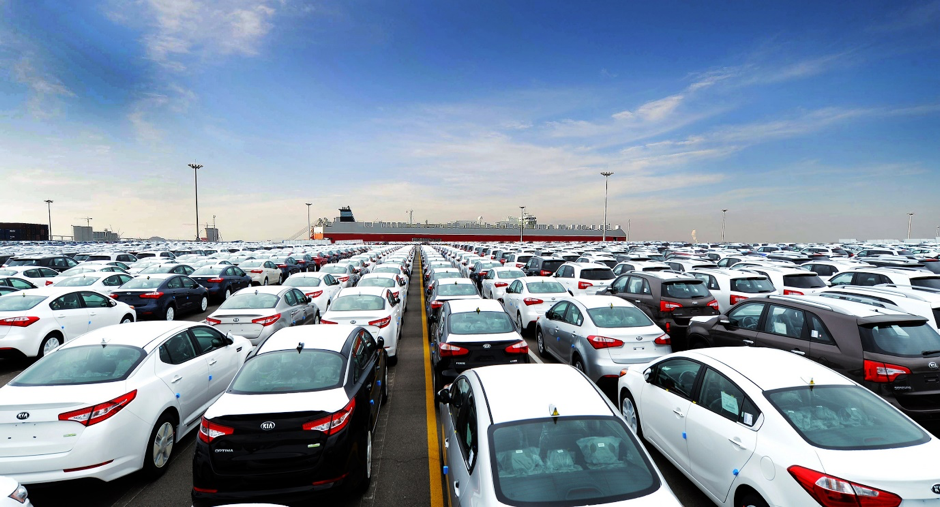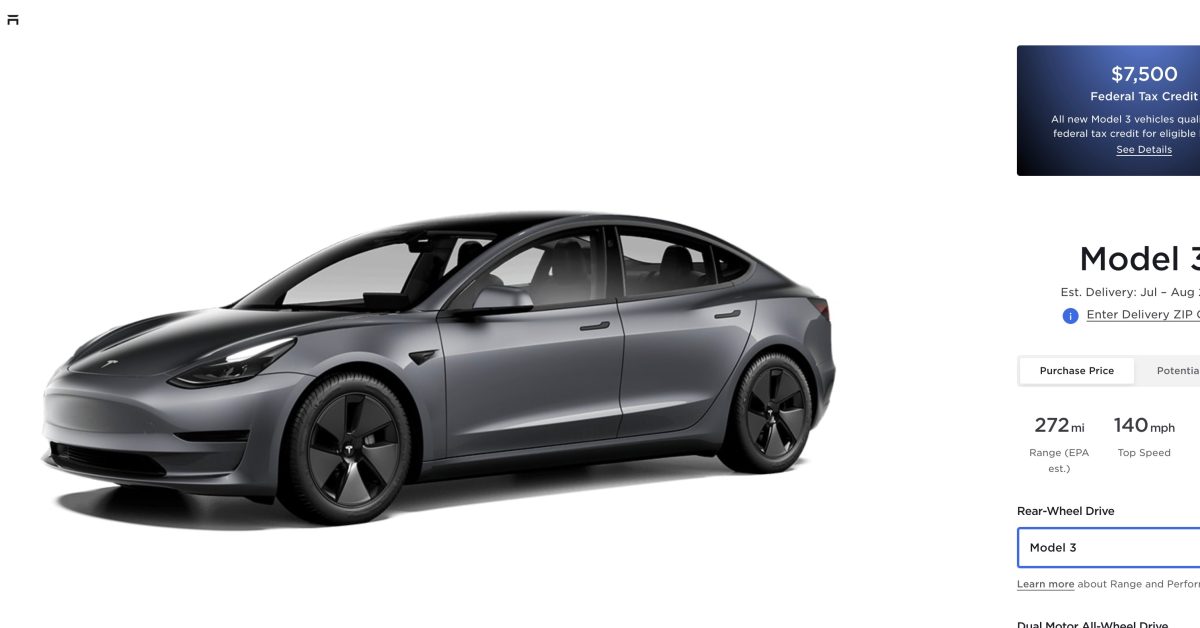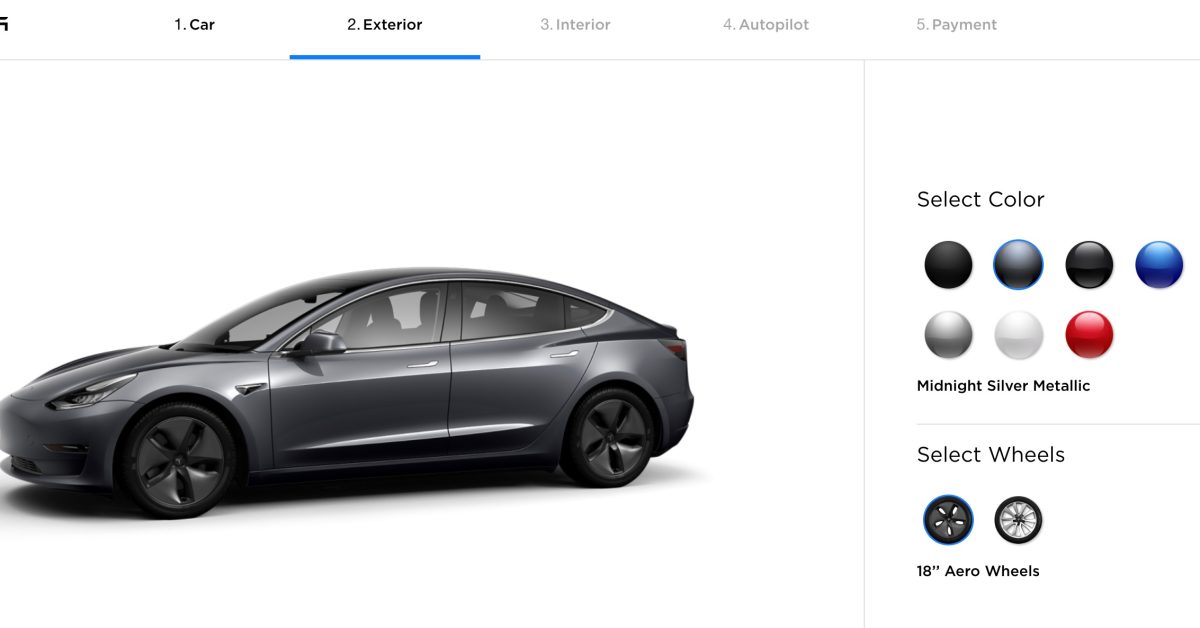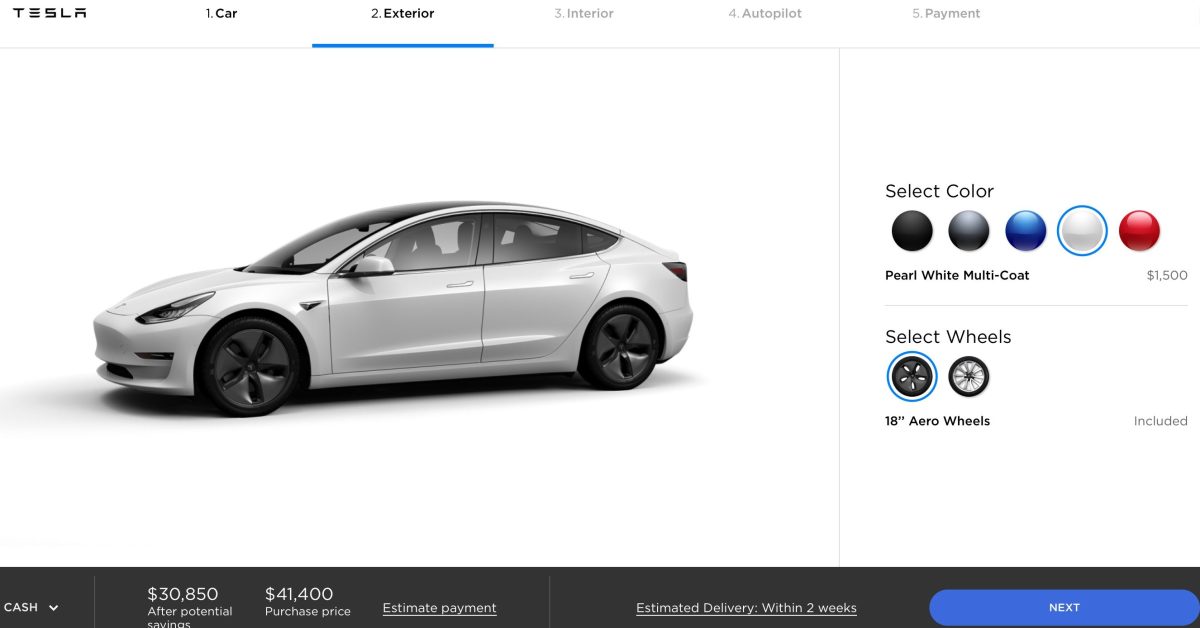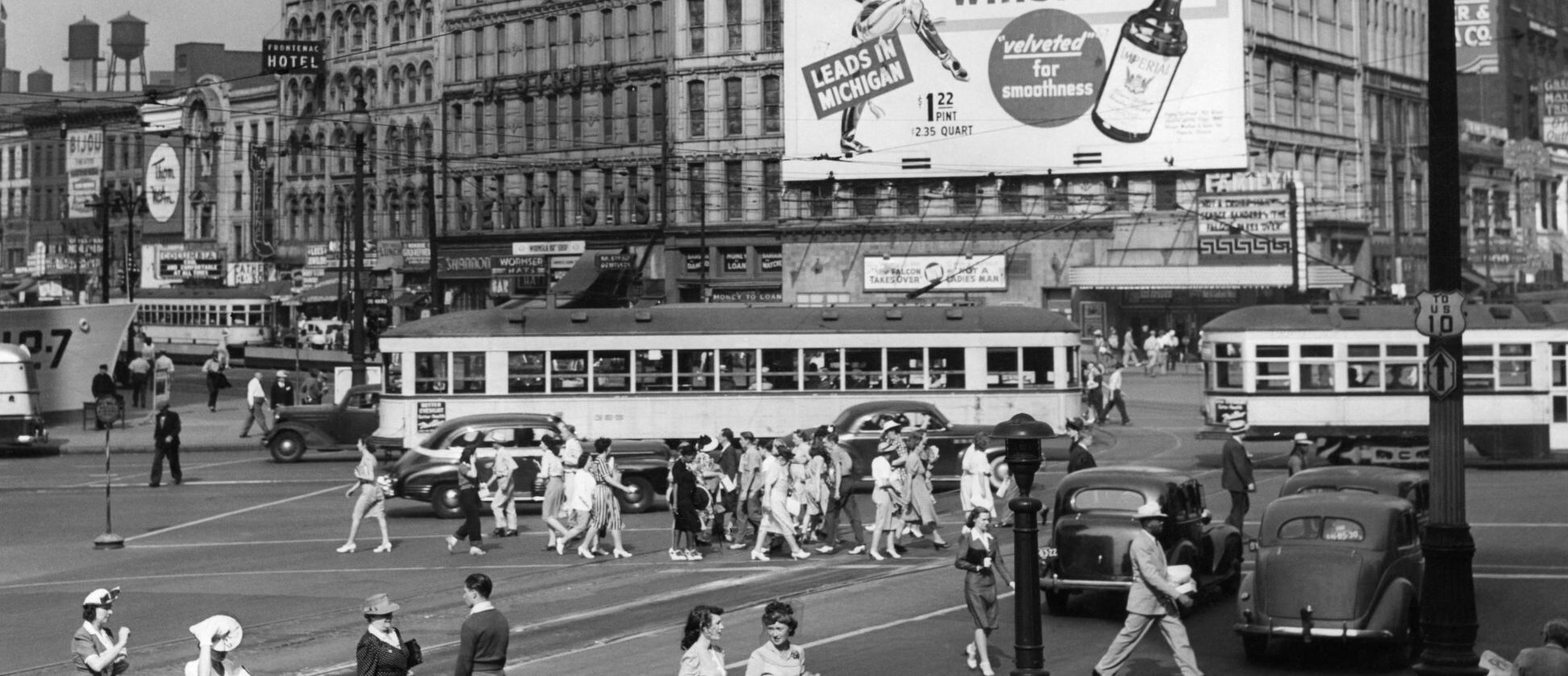Antony
Jedi Council Member
Yep, Stalin’s time architecture was monumental and of very good quality standards (still quite a lot rich people prefer them to the modern house complexes) and low height.Uh, I can't agree with the example. This so called "scientific approach" was guided by nothing of the sort and was little different from the profit seeking approach. Only instead of profit there were figures in the statistics of the number of built square meters and the height was limited not by usefulness, but by the limitations of construction equipment of the times of Khrushchev and as soon as the development of technology and more production of elevators made possible the construction of 17-storey anthills in the times of Brezhnev. I would still understand if the example was given of Stalinist architecture, which was aesthetic and oriented towards low-rise buildings even with minimal decoration, but not the ugliness that followed it....
View attachment 78709View attachment 78710
Khrushev’s 5 floor houses (of course of poorer quality, rather low ceiling etc) - built fast and easy like a lego - but managed to solve the main problem- provide families (for free - i would like to add) with their own flats. That was an achievement as long as majority of people especially after the war had to live in communal flats (several families sharing one kitchen, wc)...
On the second picture - a standart new then sleeping district. That type started prevailing in the end of 70s-80s.




